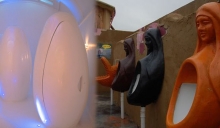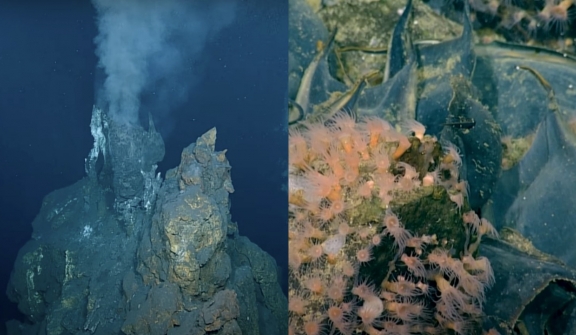
A remarkable discovery has left scientists speechless: an ancient active volcano covered in giant eggs.
It is hard to believe that such a unique phenomenon exists beneath the waters of Canada. What makes it even more fascinating is that the hot mineral-rich fluid spewing from the volcano has created an environment for marine life to thrive.
Different from what was previously known as an extinct volcano, a group of scientists were speechless as they discovered it was still active and was hidden in a million giant eggs.
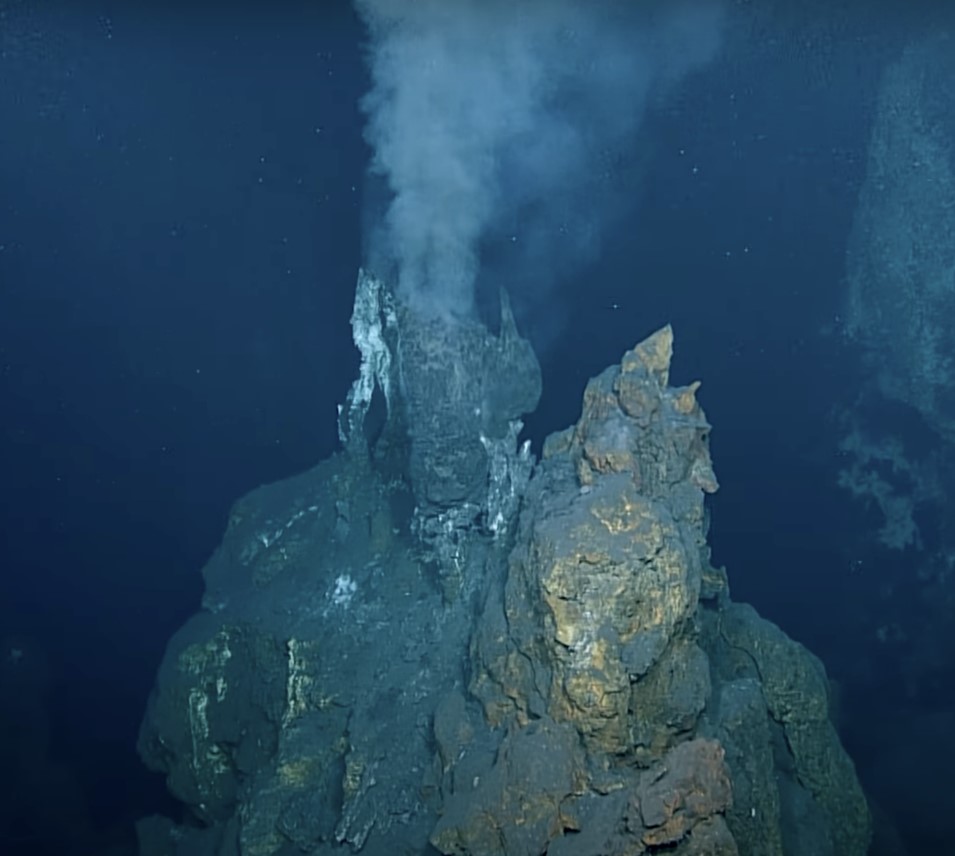
During travel to the underwater mountain, which lies off the Pacific coast of Canada, scientists found it was spouting warm water to raise some marine creatures living nearby.
Against their initial assumptions, the team of investigators, led by esteemed marine biologist Cherisse Du Preez, had anticipated encountering icy waters surrounding the volcano.
However, scientists saw the awe-inspiring sight of this colossal formation, towering an impressive 1,100 meters (3,600 feet) above the seafloor, continuing to erupt warm water and sustaining a thriving ecosystem.
The eruption of this ancient underwater volcano has brought about a unique phenomenon.
The hot and mineral-rich liquid expelled from its depths has created an unexpectedly cozy and nurturing environment for a wide array of marine creatures.
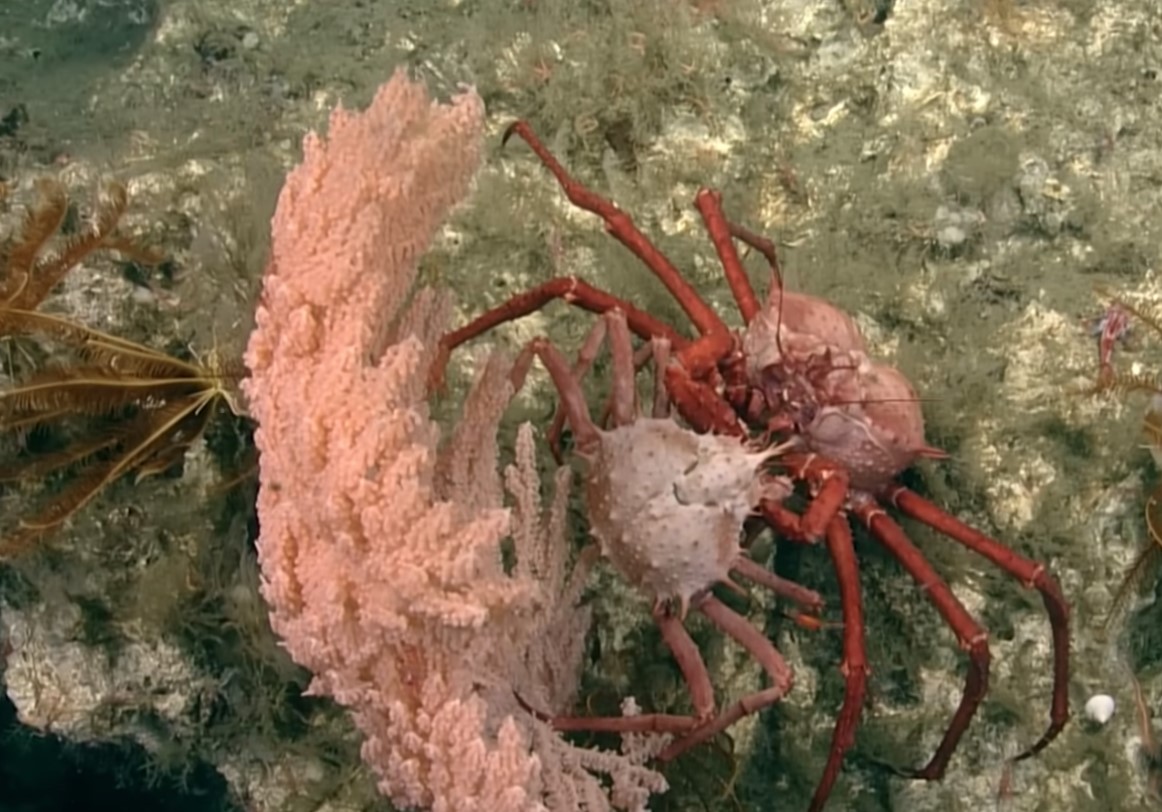
What was once perceived as an inhospitable and dormant mound has now become a vibrant hub of life beneath the waves.
The warm currents, laden with essential nutrients and minerals, provide sustenance and shelter for a diverse range of organisms.
From microscopic phytoplankton to larger predator species, this unexpected oasis has become a sanctuary, enabling marine life to flourish in a seemingly inhospitable abyss.
In addition, they also noticed that millions of giant eggs showed signs of good growth thanks to the hot mineral-rich liquid blown from the mountain.
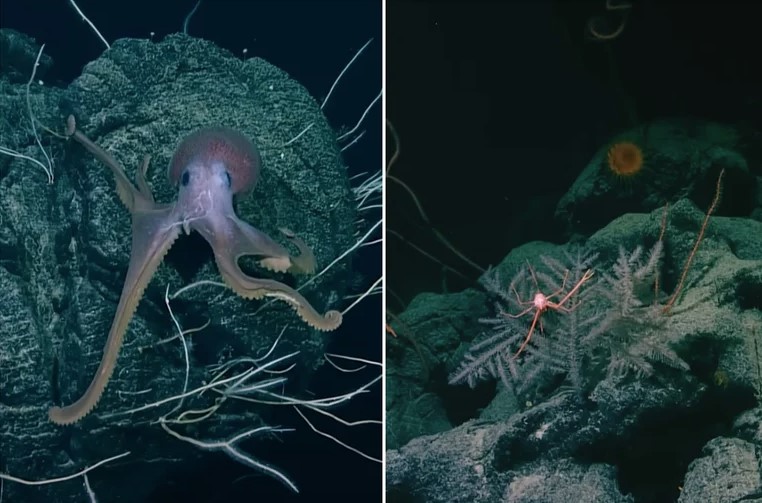
The team, led by Dr. Cherisse Du Preez, was filled with a sense of wonder and amazement when they witnessed a remarkable sight: a Pacific white skate laying eggs on the summit of the underwater volcano.
This extraordinary event took place at a depth of nearly one mile (1.5 kilometers) below the surface.
Dr. Du Preez, a renowned deep-sea expert, expressed her awe by describing the site as "a really special place on top of a really special place."
"The only previous finding of a Pacific white skate nursery was in the Galapágos and I think was on the order of a dozen or two eggs."
This newly uncovered volcanic nursery was considerably larger than that, she added, saying: "I'd estimate the summit of the seamount, which was covered in eggs, had — I don’t know — 100,000? A million?"
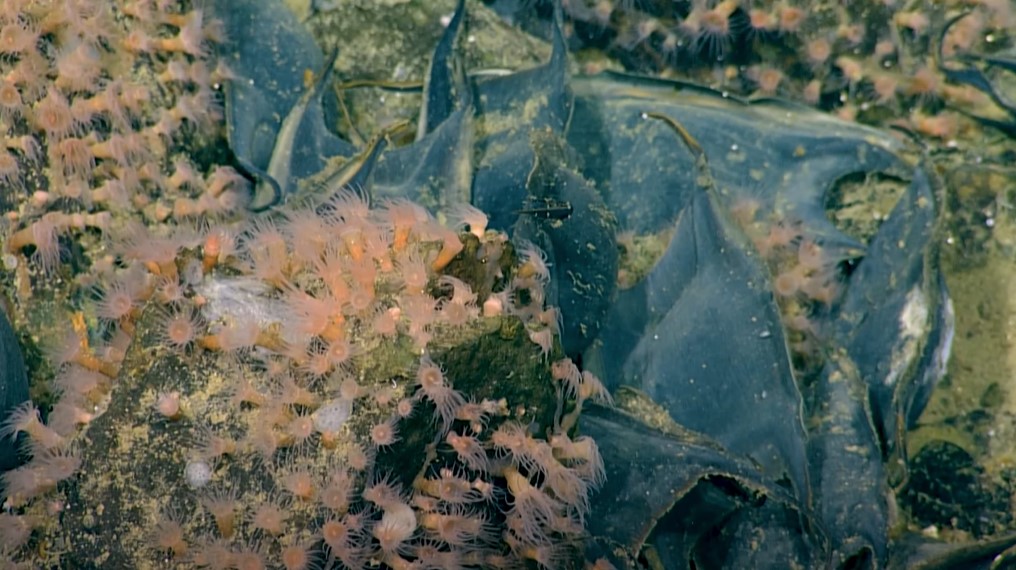
The scientist emphasized that their huge eggs are estimated to be around half a meter (1.5 feet) across.
Usually, these giant eggs take four years for Pacific white skates to hatch and develop into fully-fledged adults.
However, thanks to the thriving living habitat at the ancient volcano, they may have been born earlier. That is why Pacific white skates often come to nest in volcanoes below the seabed.
“The warm water likely speeds up the gestation period of the eggs, resulting in more successful juveniles,” Dr Du Preez explained.
"The shallow summit of the seamount is almost a coral garden and a safe nursery for juveniles to grow before they descend to the deep — it's a win-win," she added.
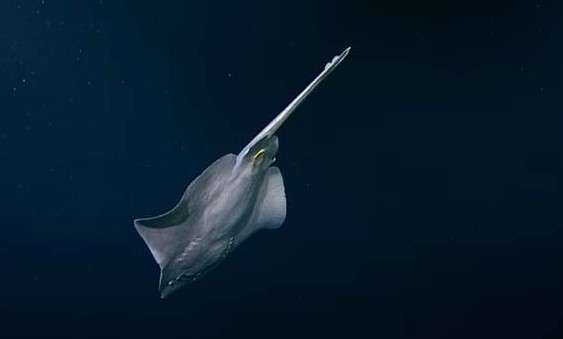
According to the International Union for Conservation of Nature (IUCN) Red List, Pacific white skates are known to be one of the deepest-dwelling skate species.
They typically inhabit depths ranging from 800 to 2,900 meters (2,600 to 9,500 feet) along the western coast of North and Central America.
This remarkable adaptation allows them to thrive in the extreme conditions of the deep sea.
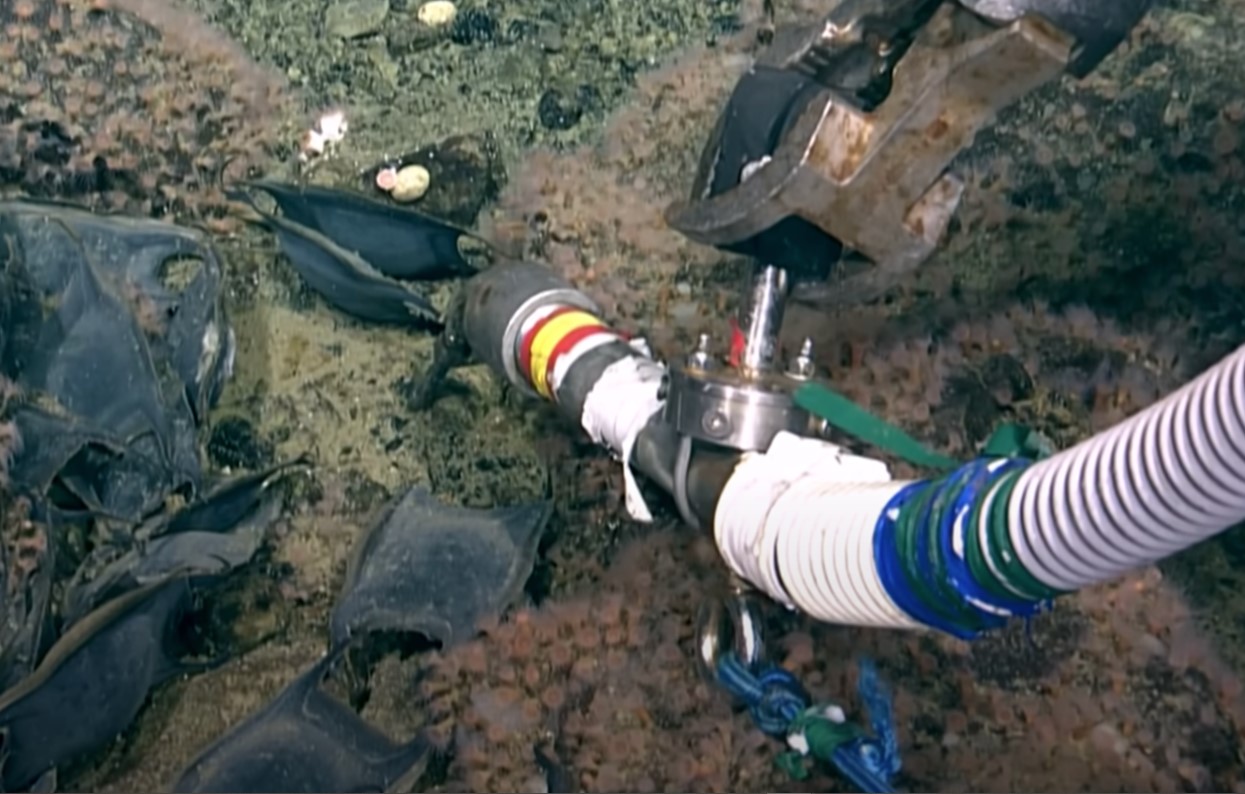
Dr. Cherisse Du Preez, the lead marine biologist, elaborated on the characteristics of the Pacific white skate.
Adult females of this species can reach lengths of up to two meters (6.5 feet). When it comes to reproduction, they lay rectangular-shaped eggs, which are commonly referred to as "mermaid purses."


